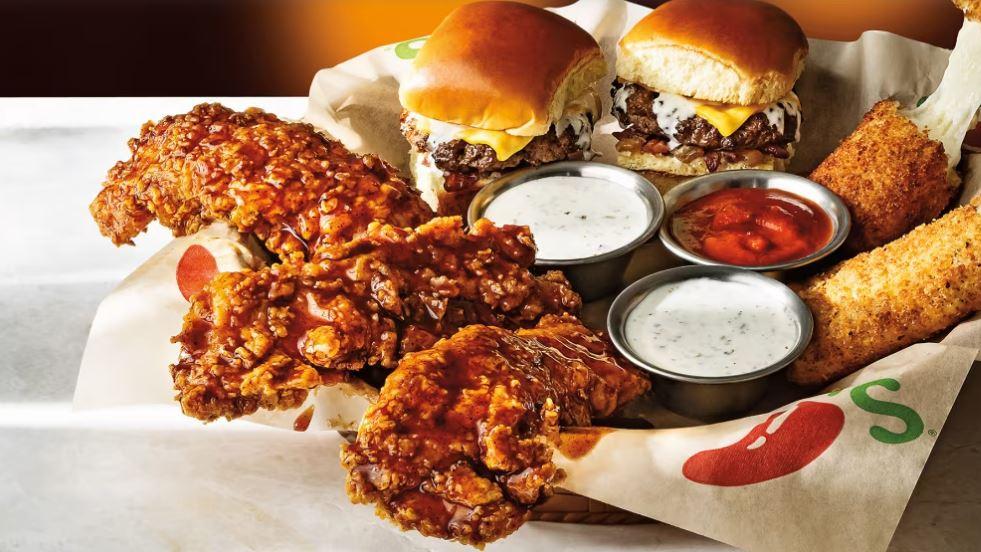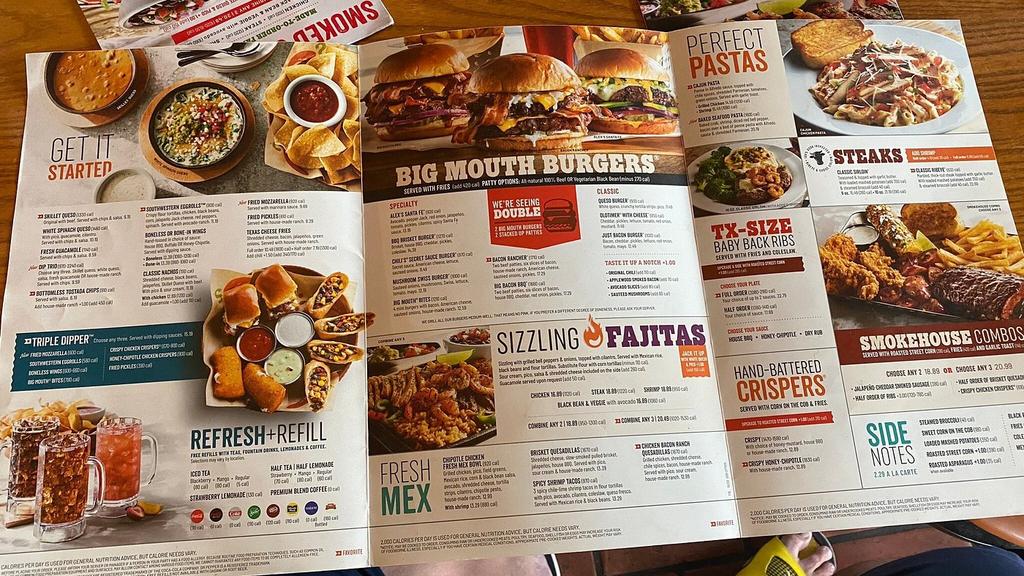The rise and fall of a Tex-Mex icon in Australia
In the competitive world of dining, where trends shift as swiftly as the tides, the story Chili’s Grill & Bar stands as a poignant reminder of the challenges international chains face when expanding into foreign markets.
Once a promising contender in the Australian restaurant scene, Chili’s journey from a celebrated newcomer to a cautionary tale of overreach and misalignment offers valuable insights into the complexities of international expansion.
A PROMISING ENTRY WITH TEX-MEX FLAIR
Chili’s had a difficult birth in Australia. Coles Myer bought the licence from the US company Brinker International in 1993 with plans to open 50 restaurants here.
When the first Australian Chili’s opened in August 1994, the chief executive of Coles Myer, Peter Bartels, said the local operation had the potential to achieve annual turnover of $150 million.
Coles Myer opened its second restaurant in February 1995 but five months later announced it was abandoning Chili’s to concentrate on its core retail divisions.
The change of heart gave Red Hot Concepts an opportunity to enter the Australian market under the leadership of Norman Abdallah.
RELATED
What ever happened to Hog’s Breath Cafe?
Remembering Sizzler: The rise and fall of a dining icon

The former Chili’s Restaurant at Fairy Meadow in Wollongong.
Red Hot took control of the two Australian Chili’s outlets, both in Sydney, in November 1995. It opened a third outlet in Melbourne the following year, with an agreement in place to open 40 Chili’s in Australia and New Zealand by November 2005, according to the Financial Review.
Thirty-six of the 40 would be in Australia with Abdallah at the time confident that the restaurants would be a hit.
“Sales in our existing restaurants are growing,” he told media in 2016.
“Australians like the concept.
“I am not concerned at all about failing. We’ve got the right formula for success.”
Indeed, the chain quickly became known for its vibrant atmosphere, characterised by lively music, colourful décor, and a convivial setting that invited patrons to relax and enjoy.
MORE NEWS
Inside Australia’s haunting mall mystery
Why Aldi, Costco keep snubbing this Aussie state
Surprise way to make $100k from a vending machine

The food looked mouth-watering…at least for a while.
The menu was a celebration of Tex-Mex cuisine, featuring bold flavours and generous portions that promised a taste of the American Southwest.
Signature dishes such as the Baby Back Ribs, Fajitas, and the iconic Chili’s Burger became favourites among diners.
The Sizzling Fajitas, in particular, were a standout, arriving at tables with a dramatic flourish of steam and aroma that captivated the senses.
These dishes, coupled with a selection of margaritas and cocktails, made Chili’s a popular choice for families, friends, and anyone seeking a festive dining experience.
EXPANSION AND OVERREACH
Encouraged by early success, Chili’s embarked on an aggressive expansion strategy, fueled by the popular growth of casual-dining chains such as Sizzler, Lone Star Steakhouse & Saloon, Hog’s Breath and Pizza Hut.
However, this rapid growth soon revealed cracks in the foundation.
The chain’s standardised menu, which had been a hit in the United States, struggled to resonate with the increasingly sophisticated Australian palate.

Norman Abdallah and employee Rachel Willcocks in Sydney.
As local diners began to favour fresh, locally sourced ingredients and unique dining experiences, Chili’s offerings appeared stagnant and uninspired.
The chain’s inability to adapt its menu to reflect local tastes and preferences became a significant barrier.
While competitors innovated and diversified their offerings, Chili’s remained tethered to its original formula, which gradually lost its appeal.
ECONOMIC AND COMPETITIVE PRESSURES
The early 2000s brought economic challenges that further strained Chili’s operations.
As consumer spending tightened, Australians became more discerning about where they chose to dine out.
The rise of café culture and a preference for bespoke dining experiences meant that chain restaurants like Chili’s faced an uphill battle to maintain relevance.
Additionally, the competitive landscape intensified. New international entrants and a resurgence of local eateries offered diverse and exciting dining options, further eroding Chili’s market share.
The chain’s failure to differentiate itself in this crowded market highlighted its strategic shortcomings.
THE FINAL CHAPTER
Chili’s final chapter followed lengthy legal issues surrounding underpayment of staff and breaches of workplace laws, coupled with poor sales and profitability.
In October 2008, a Chili’s Australia franchise was prosecuted and fined $300,000 by the NSW Office of Industrial Relations for underpaying staff, pressuring employees to sign an Australian workplace agreement, and failing to pay $45,000 in owed wages by a deadline set by the Office of Industrial Relations.

An example of Chili’s menu.
In the same year, Chili’s announced the permanent closure of all its Australian locations due to poor sales, unprofitability, and non-compliance with the Fair Work Act 2009.
Chili’s also made headlines on a number of occasions for trying to force staff to pay for unpaid bills.
The closure of its last remaining restaurants marked the end of an era, leaving behind a legacy of lessons for international brands.
Chili’s departure from Australia underscores the critical importance of cultural sensitivity and market adaptability.
The chain’s inability to pivot in response to changing consumer preferences and economic conditions ultimately sealed its fate.







